About the need knower(s)
About Ar.Uma Bhadel

Our first need knower is an Architect. She designs Buildings, landscapes and structures, balancing aesthetics. She is also a former lecturer and has a consulting firm.
She has a physical disability.
Challenges:
Restriction of hand mobility (difficulty in clicking mouse, Keyboard typing and writing).
Yasoda Bohara

She is a 17 years old student and former national player.
She is suffering from C4, C5 spinal cord injury during training.
Challenges:
weak fine motor skills: difficulty in writing, grasping.
Bharat Bahadur Karkee

He is a 48 years old Outreach Officer. He is currently working in social welfare Council- National Fund Disabled Rehabilitation center as Outreach and liaison Officer. He has Spinal cord Injury.
Challenges
Limited Mobility: Uses Wheelchairs,
Subject / Need(s)
- Problem Statements
Ar. Uma Bhadel
She has said that what she needs is a device which eases her in clicking with the mouse, writing and typing. She cannot vertically press the mouse but she can apply horizontal force sideways.
Yasoda Bohara
She said that she needs a prototype with which she can eat with spoon , play the boccia game and do more activities with her hand. Her fingers don't work and palm doesn't work. Only the arm of her hands function properly.
Bharat Bahadur Karkee
He said that he needs a device which helps him to control vehicles manually.
Idea(s)
Idea-1
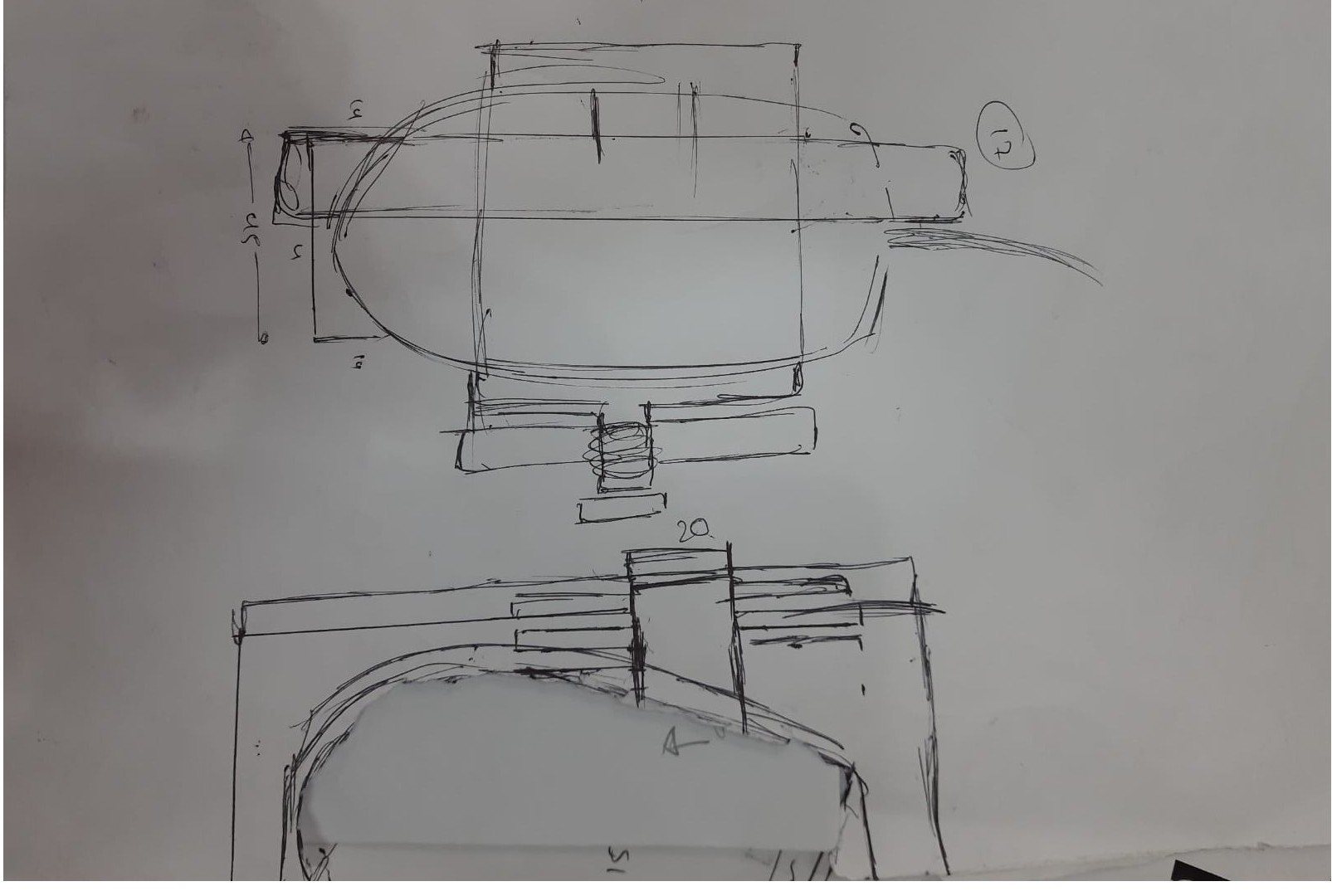


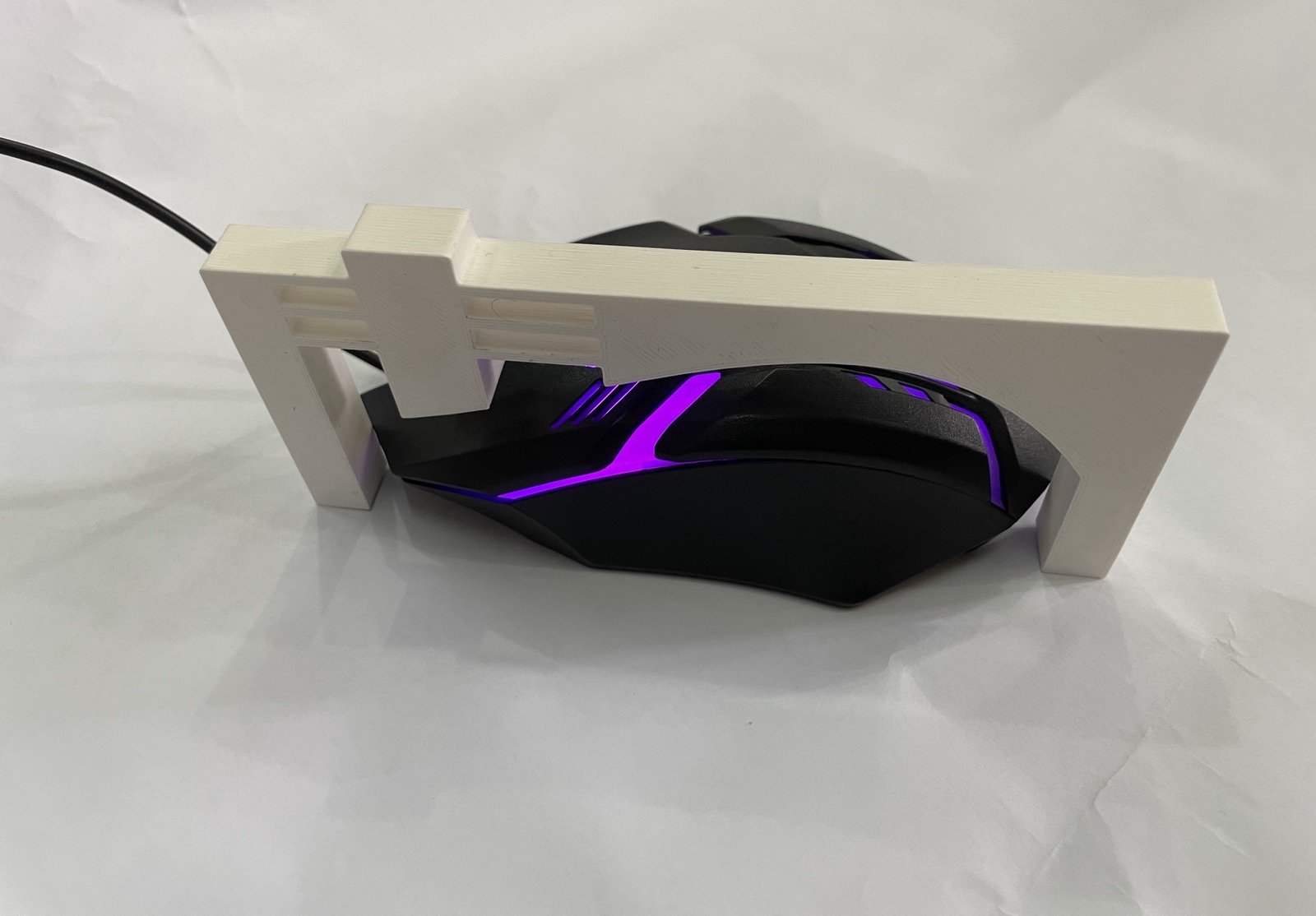
For Uma: Mouse Clicking Mechanism
Uma has difficulty in clicking the mouse due to her fine motor weakness.
Our Ideas
Ease her to work with computers in her profession by compliant clicking mechanism for efficient use of the pressure for button click as she had to use Autocat mostly in work.
Idea-2
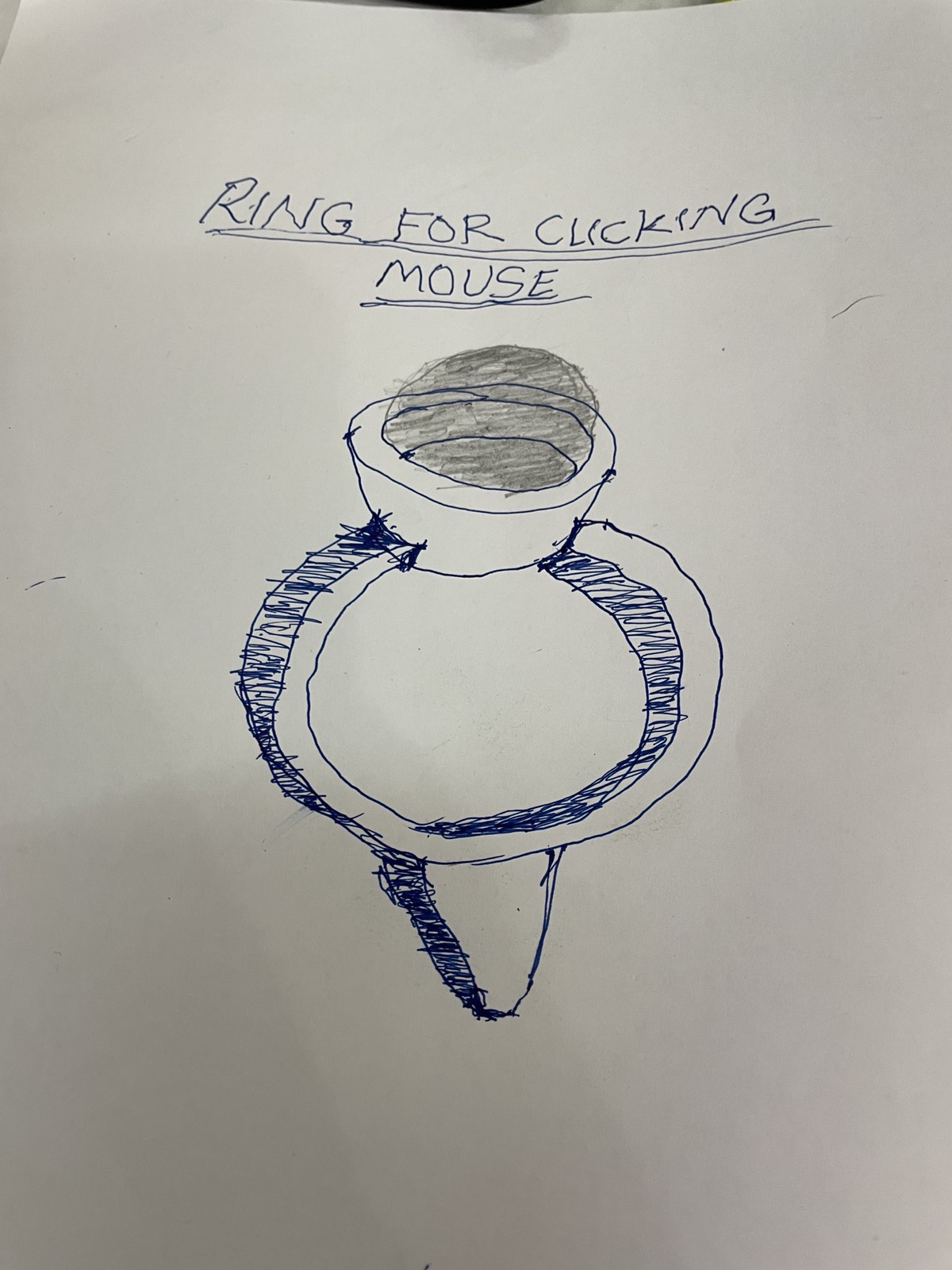
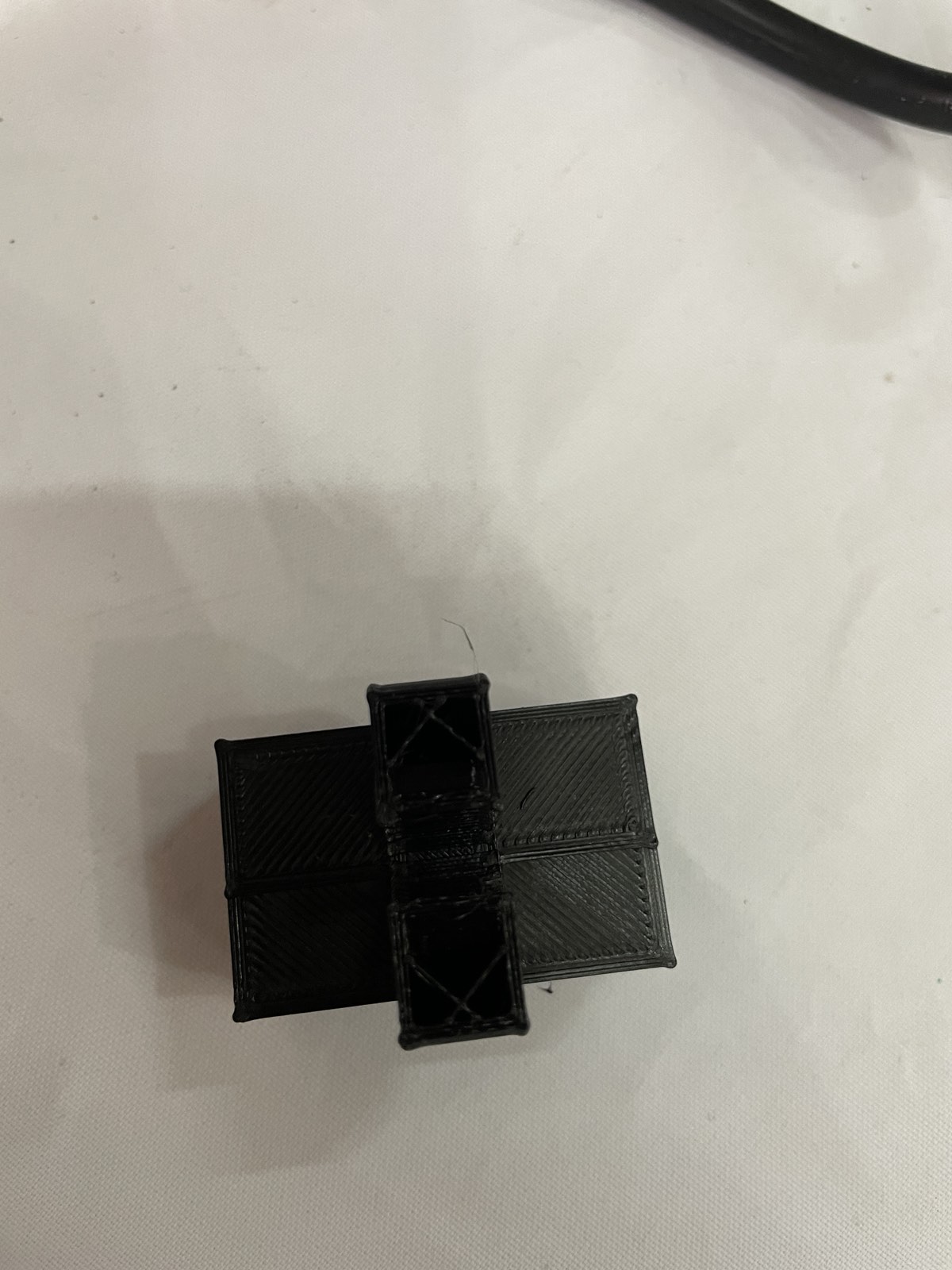

Ring for mouse clicking
Uma has difficulty in clicking the mouse due to her fine motor weakness.
Our Ideas:
Ease her to work with computers in her profession by localize the force of index finger and weight of metal for button click as she had to use Autocad mostly in work.
Idea - 3
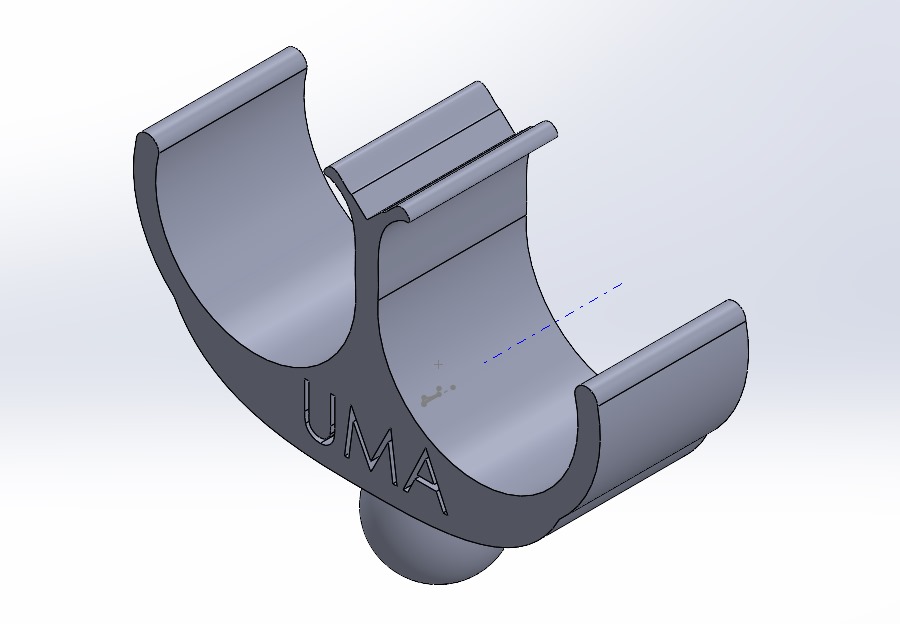
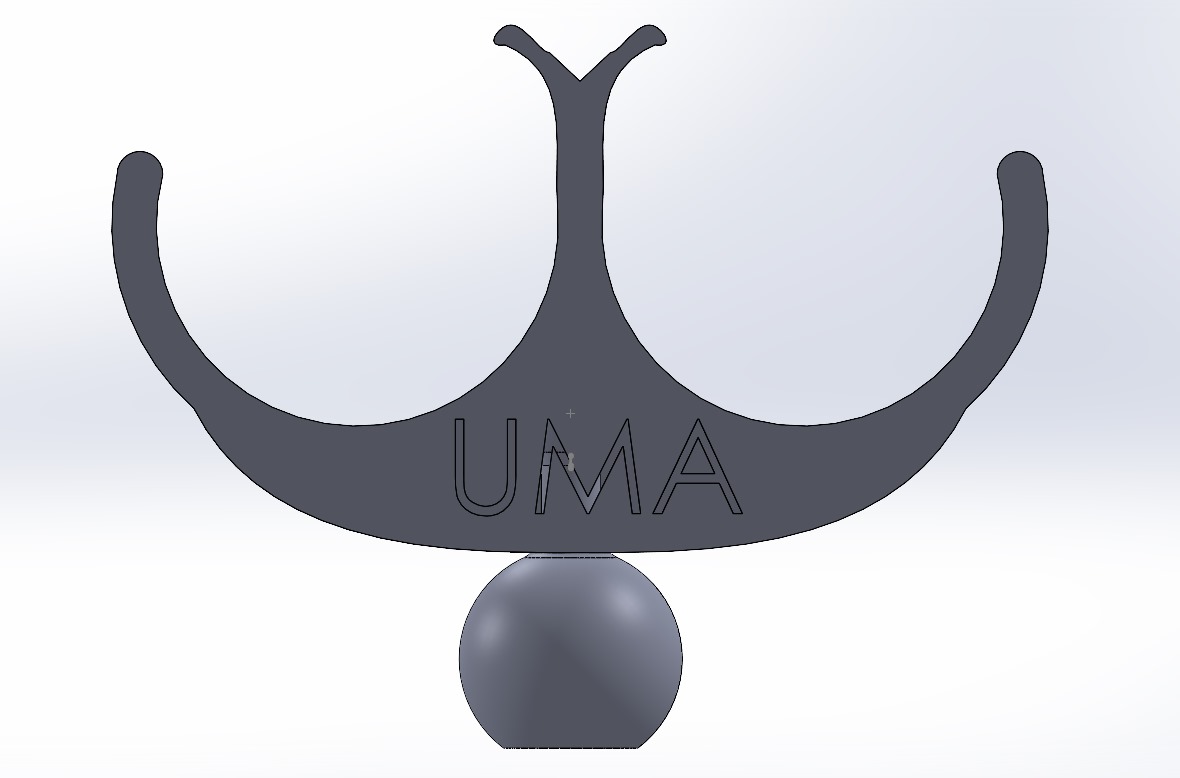
Modified Mouse click mechanism
A modified device for Uma to click mouse more easily.
Idea:
Two fingers can be inserted easily and then press the mouse using the circular wheel at the bottom.
Idea-4

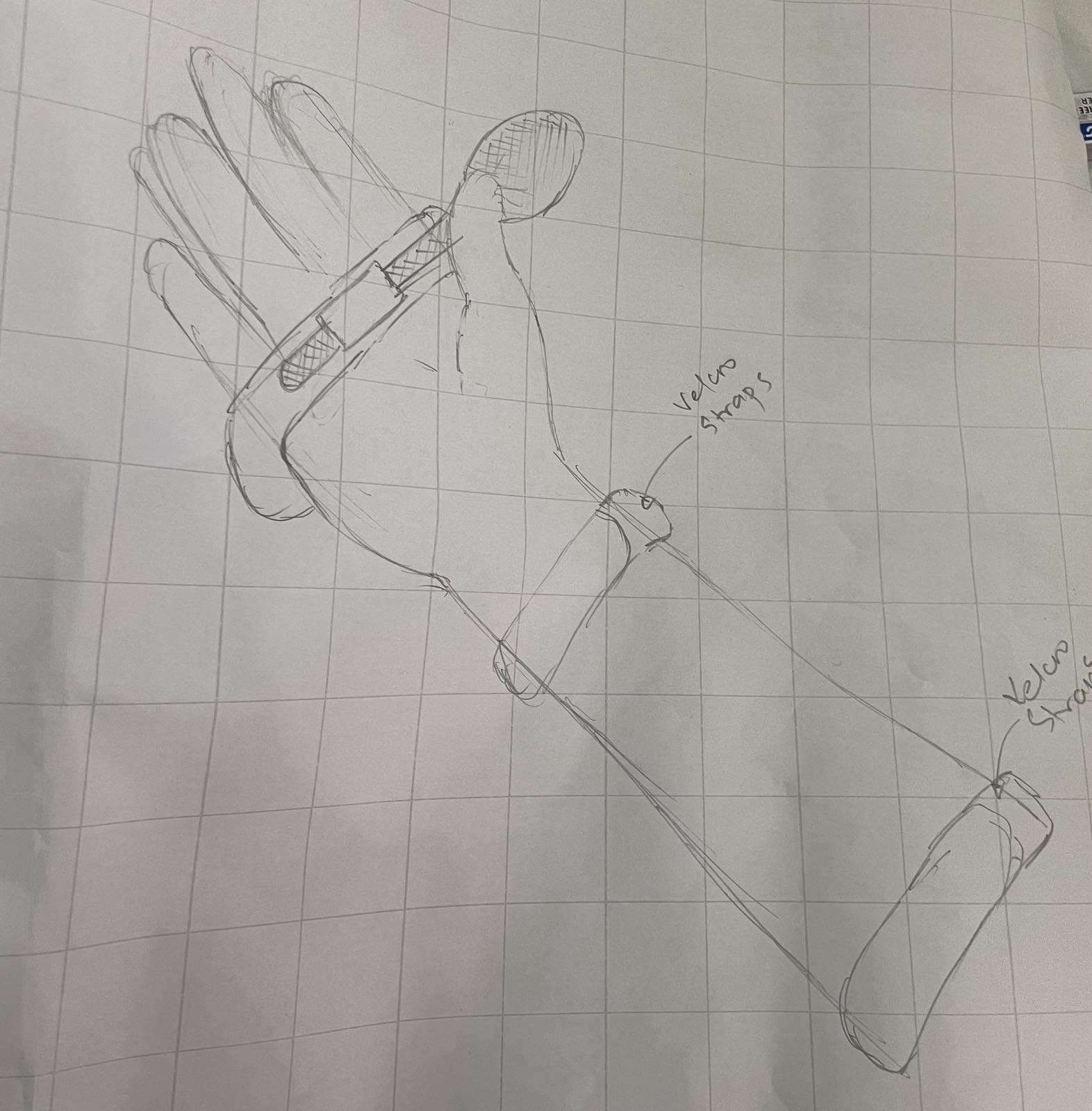
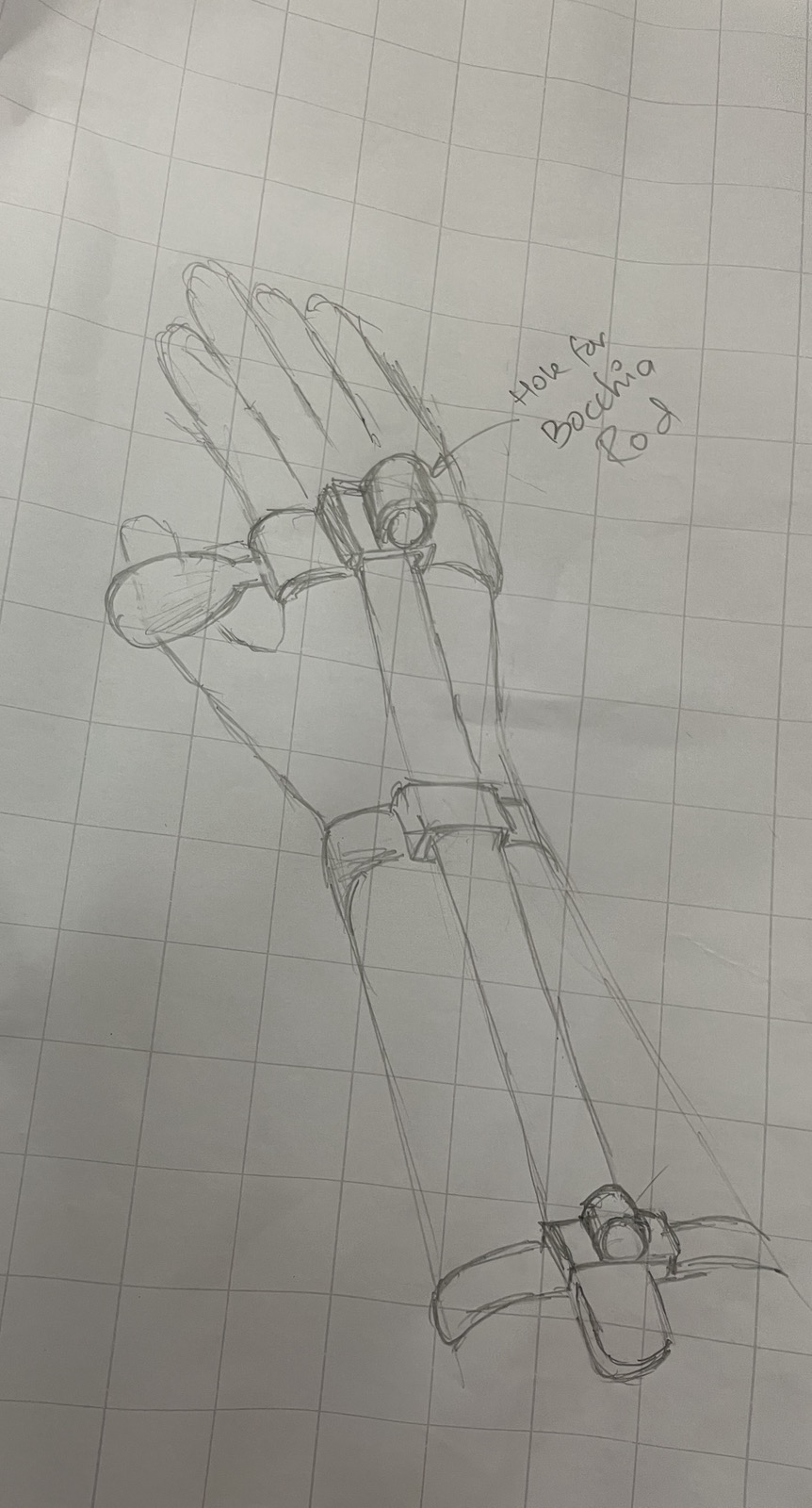

For Yasoda: ADL supporter
Yasoda had difficulty in grasping, spoon feeding, playing Boccia.
Ideas
It gives stability to palm and support elbow to properly attach Spoon and helps her in feeding, Playing Boccia.
Idea - 5
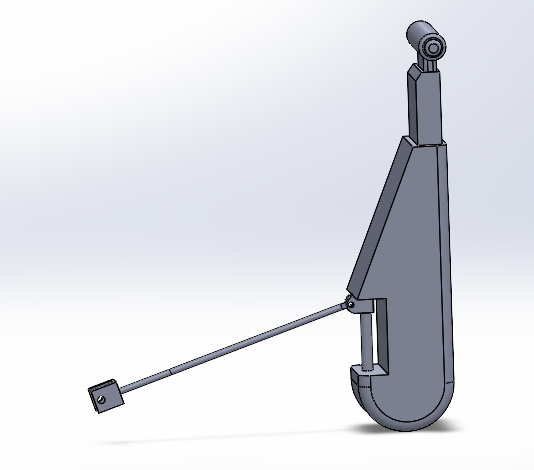
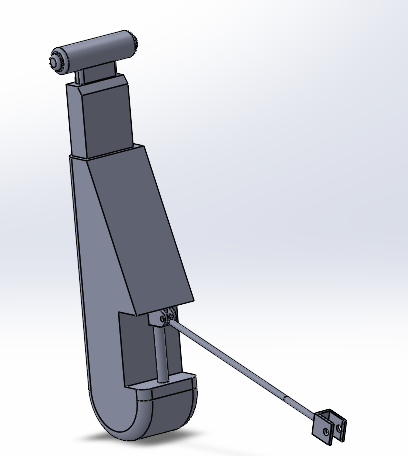

For Bharat: vehicle operation by hand
He has difficulty operating four wheeler as he is wheelchair bound.
Our Idea:
Apply pressure on brakes by connecting a long shaft/rod to the brake and other end to hand. The images show a thin rod which connects to brake and big part which is hand operated.
Materials
Materials Used
Design done in Solidworks.
Modelling Through 3D printing: PLA( PolyLactic Acid), TPU(Thermoplastic polyurethane)
Prototyping(s)
Prototyping(For Idea- 1)

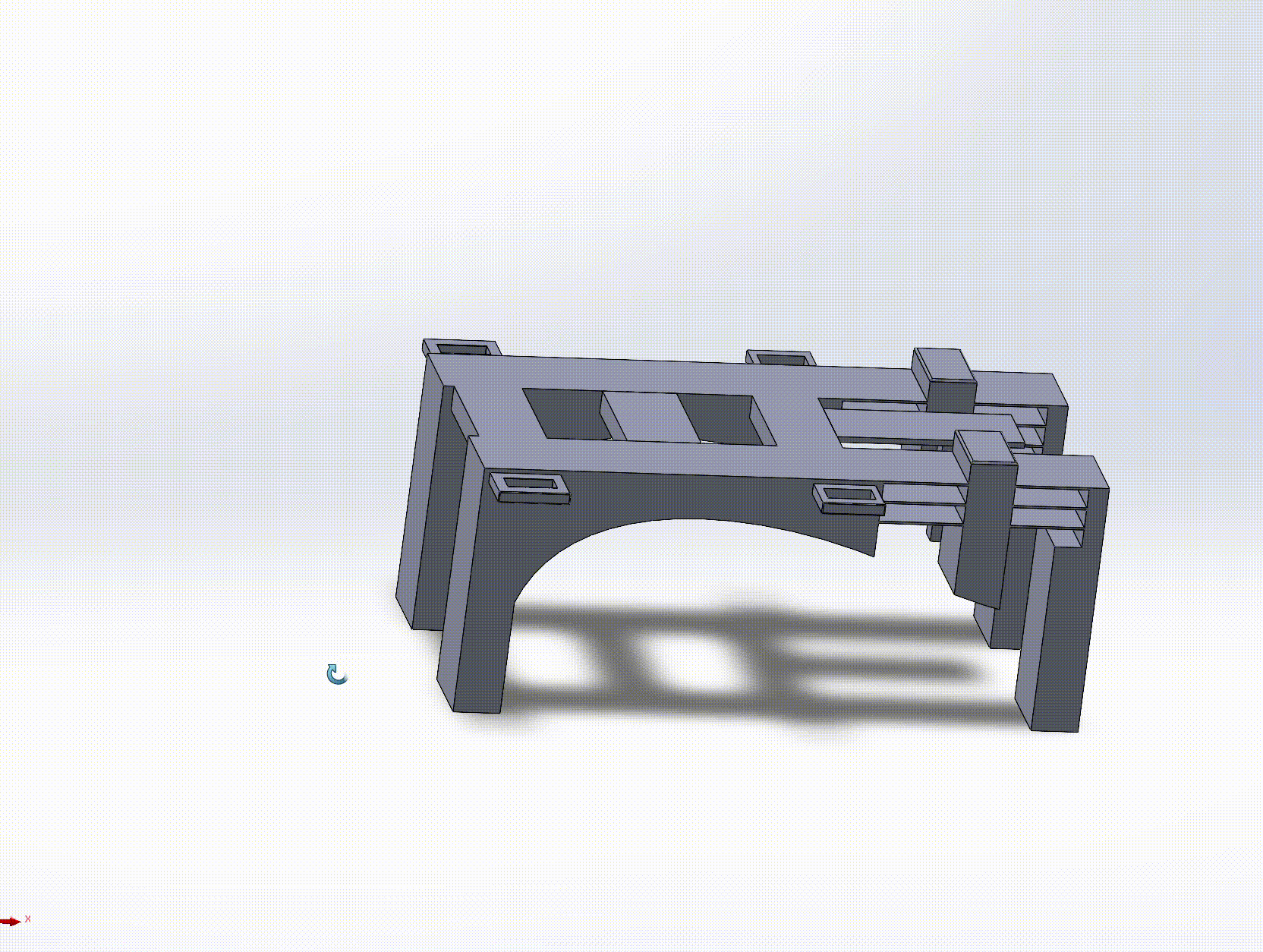
Mouse Clicking Mechanism:
First prototyping
-Initially, we sketched, modelled and 3D printed the Mouse clicker.
- Uma find less flexible to use. She was not able to press mouse button properly.
Prototyping
Second Prototyping
-Afterthat, we thought of making it more flexible and easy to press
- Then, we remodeled and re 3D printed it.
Prototyping(For Idea-2)
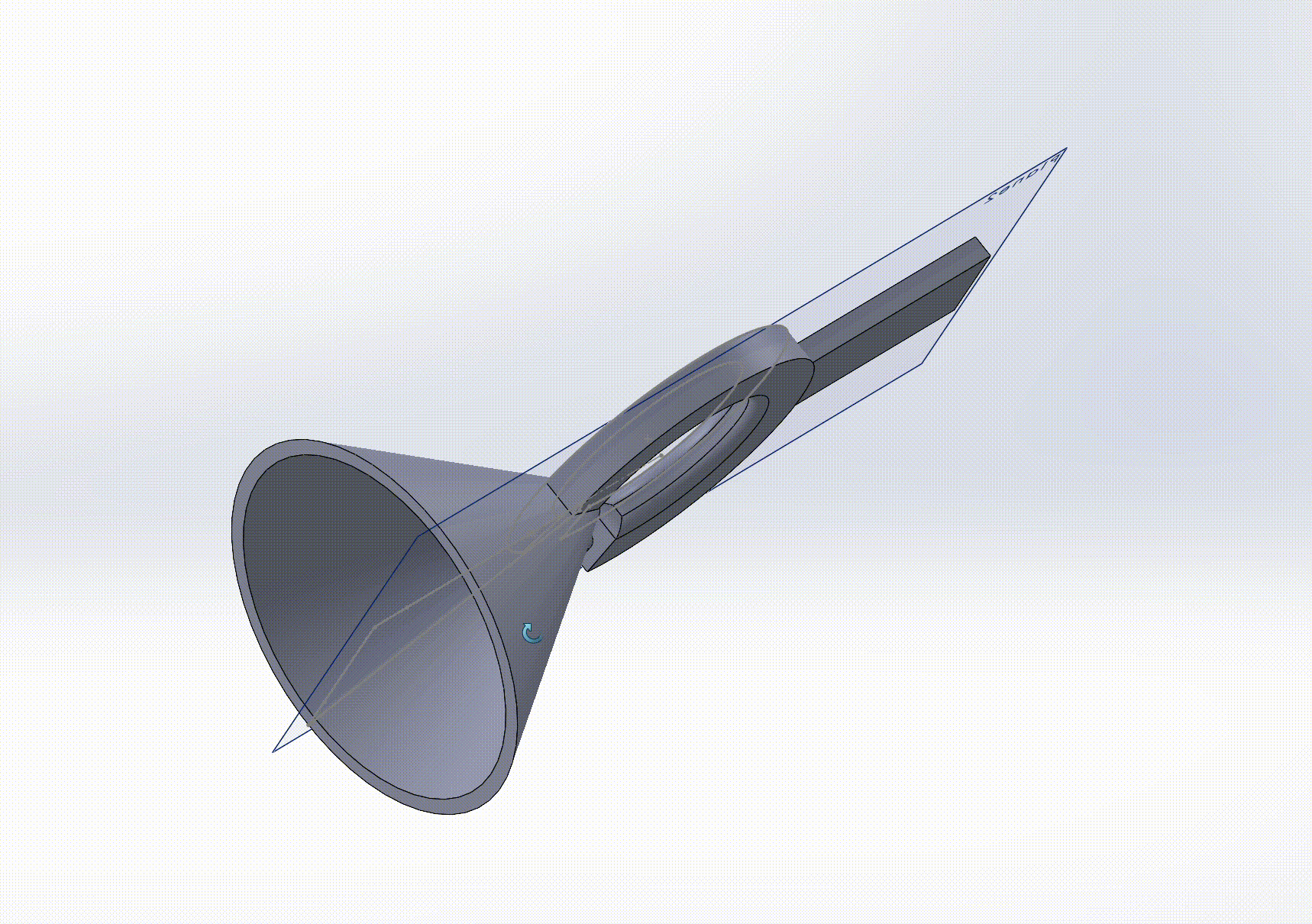
For Idea-2 :Ring for clicking mouse:
First Prototyping:
-Firstly, we fabricated a ring for clicking mouse with standard measurements.
-uma found this model to be tight, and unpleasent.
Prototyping
second prototyping:
- After that, the ring was made flexible after measurements.
- Weight was introduced above the ring and was better than the previous one.
- Then we proceeded to the next design.
Prototyping (Idea - 3)
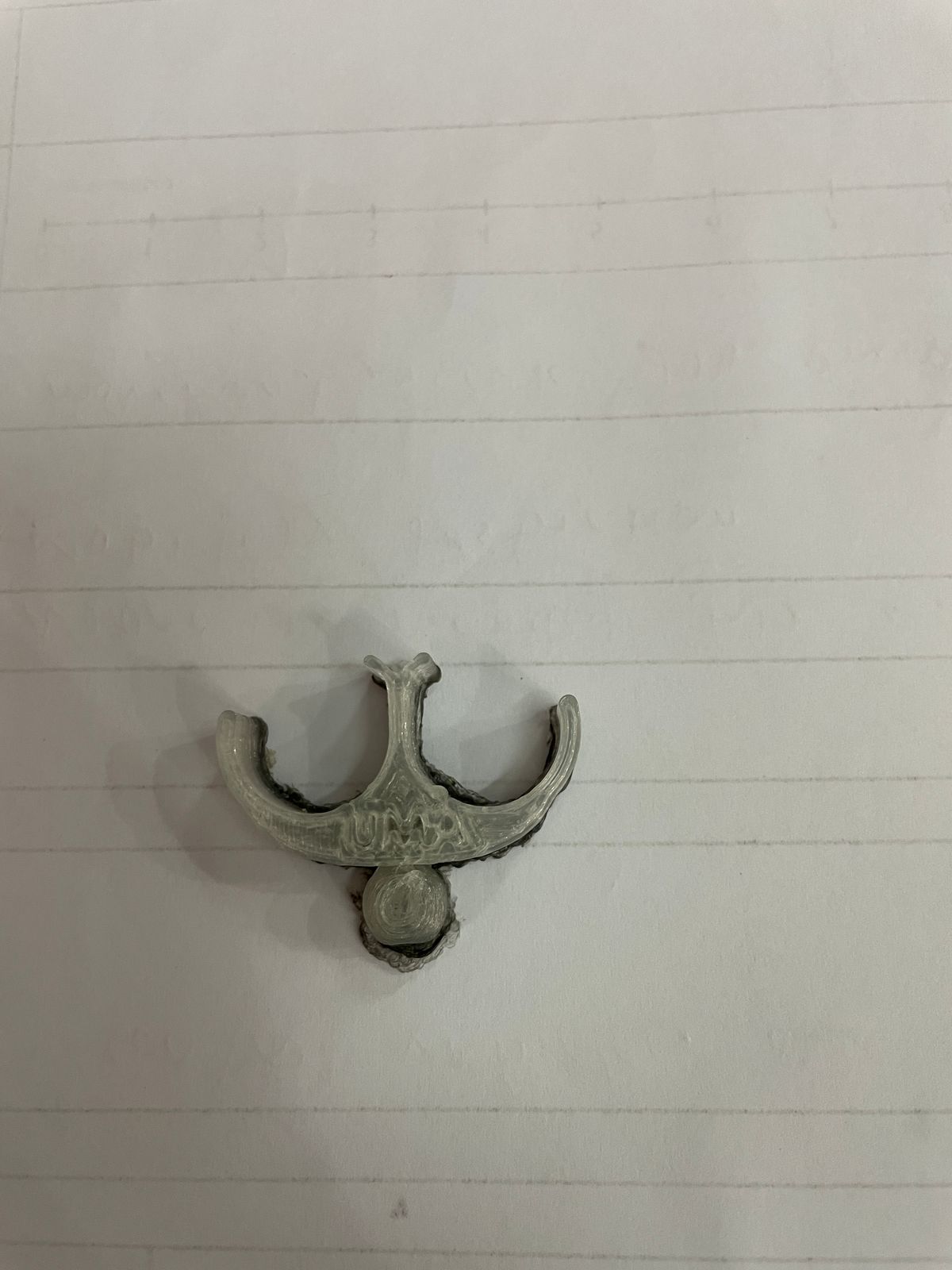
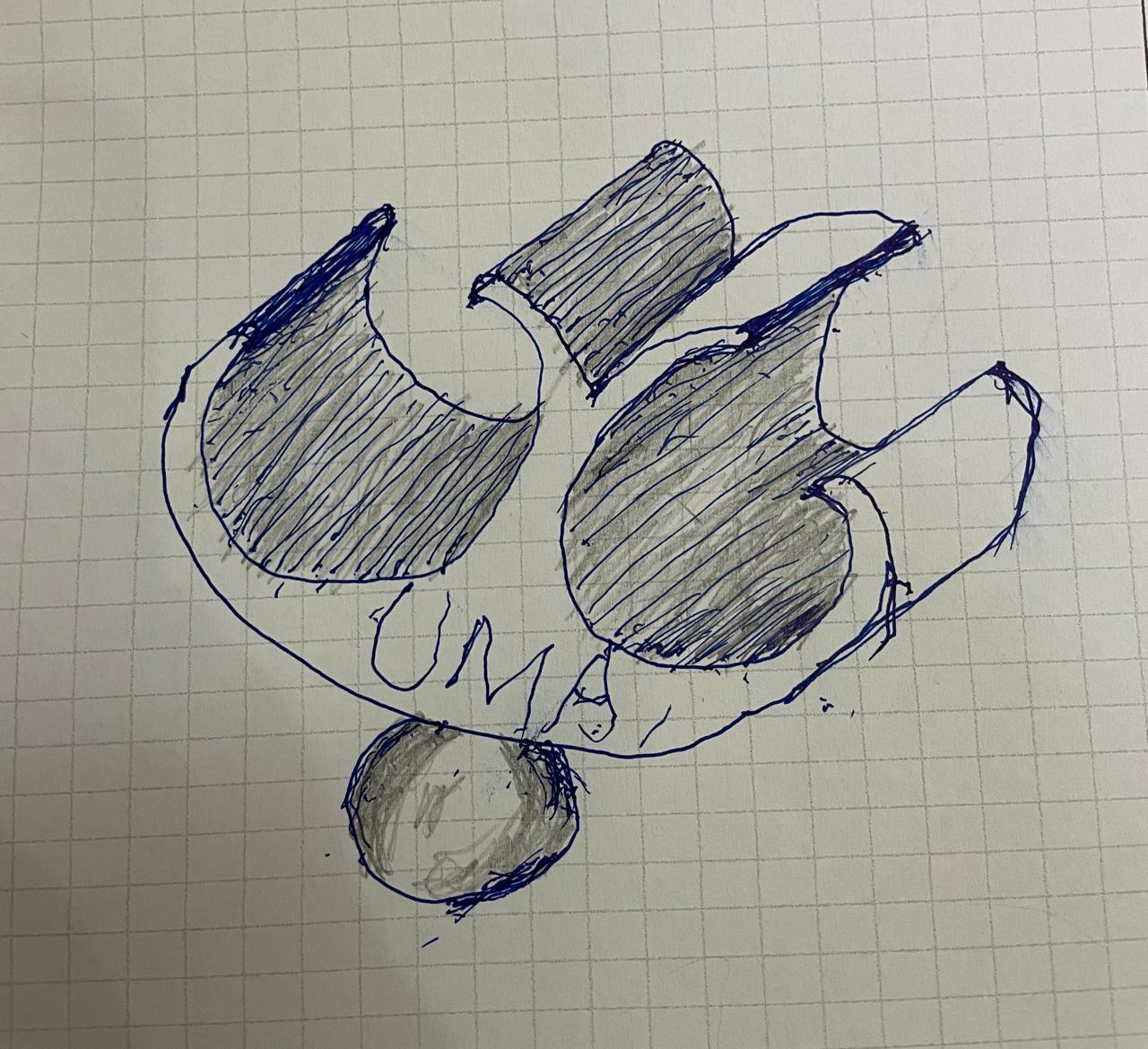
First Prototyping:
-Firstly, we fabricated the ring for clicking mouse.
- The model was printed in relatively very small size .
- It was reprinted again to match the standard measurement.
Prototyping (Idea - 4)
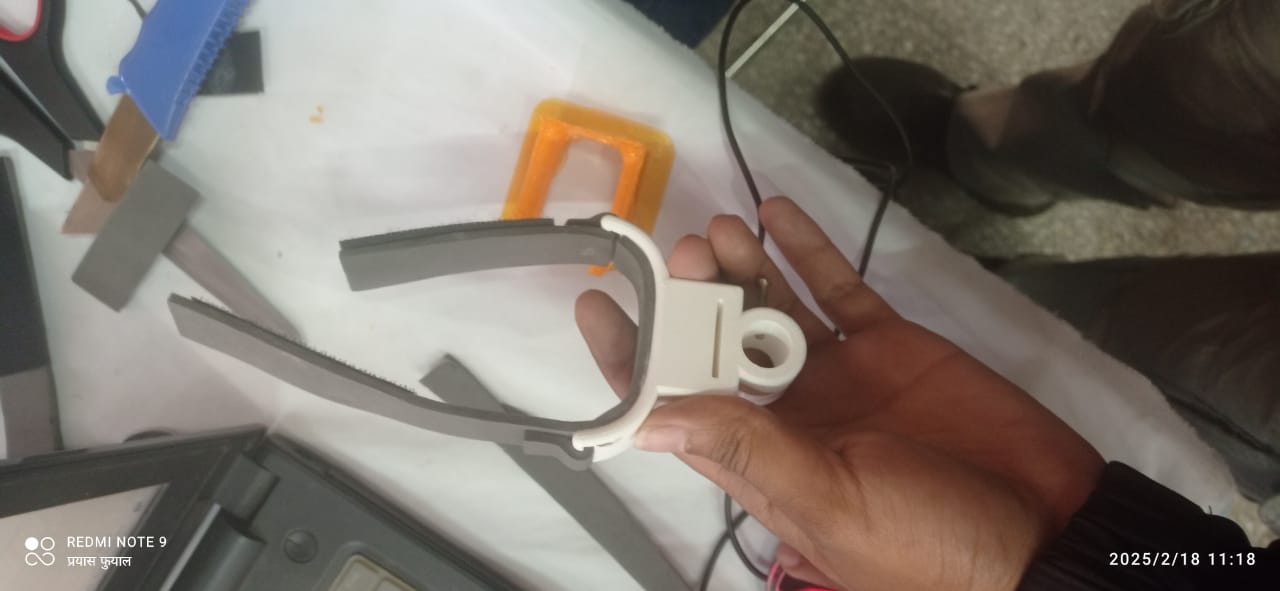
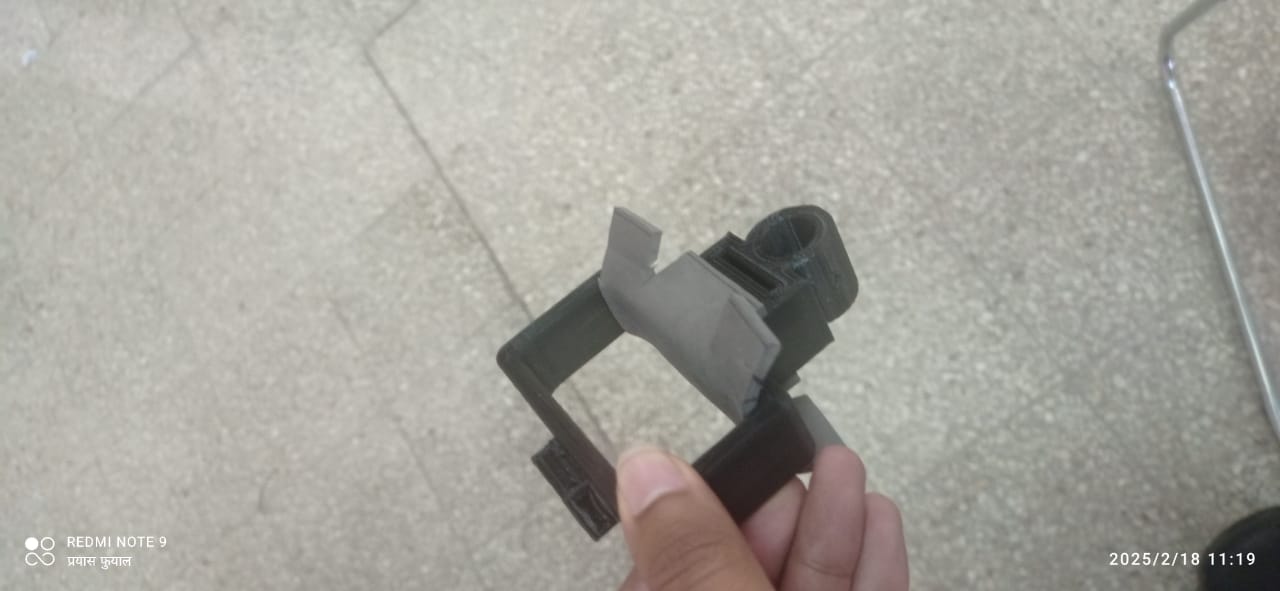
This is the only prototype consisting of more than one parts. Individual components were printed separately and then assembled later.
Prototyping (Idea - 5)

Only the design of this prototype is possible and 3d printing the model is not feasible due to extremely large size . In this model, only brake is manually controlled however it can be further stretched to control accelerator and clutch.
Future Prospect(s)
Mouse Clicking Mechanism
-It could be used for people with disabilities who have difficulty clicking traditional mice, improving accessibility.
With further refinement, it could reduce strain-related injuries from excessive clicking, benefiting need knowers.
If the design proves effective, it could be developed into a product
Index ring for mouse clicking
Potential application in rehabilitation for those recovering from hand injuries.
If further refined, it could be marketed as an ergonomic accessory for CAD professionals with similar injury.
ADL Supporter
Can be adapted for various tasks beyond feeding and Boccia, like writing, painting, or using a smartphone.
Can be used in physiotherapy and occupational therapy to aid in hand function recovery.
Hand operated vehicle
Adjustable rod length for different vehicles and user comfort.
Can be promoted as an innovative mobility solution in accessibility challenges.
Could be adapted for motorcycles, bicycles, or even public transport vehicles.
Modified Mouse Click Mechanism
The size and shape can be adapted for different hand sizes and disabilities.
Possible integration with pressure sensors to adjust click sensitivity.
Could be optimized for competitive gaming where fast clicking is required.
Result
We developed assistive devices enhancing accessibility and reducing strain. The mouse click mechanism aids Uma, the ADL supporter improves daily works of Yashoda, and the hand-operated vehicle system enhance Bharat's mobility. Their feedback confirmed improved comfort, usability and independence.
Conclusion
Our innovations show strong potential in healthcare, rehabilitation, and accessibility. With further refinement and testing, these designs can be scaled for mass adoption. Collaboration with experts and industry leaders could bring these solutions to a wider audience, improving lives globally.